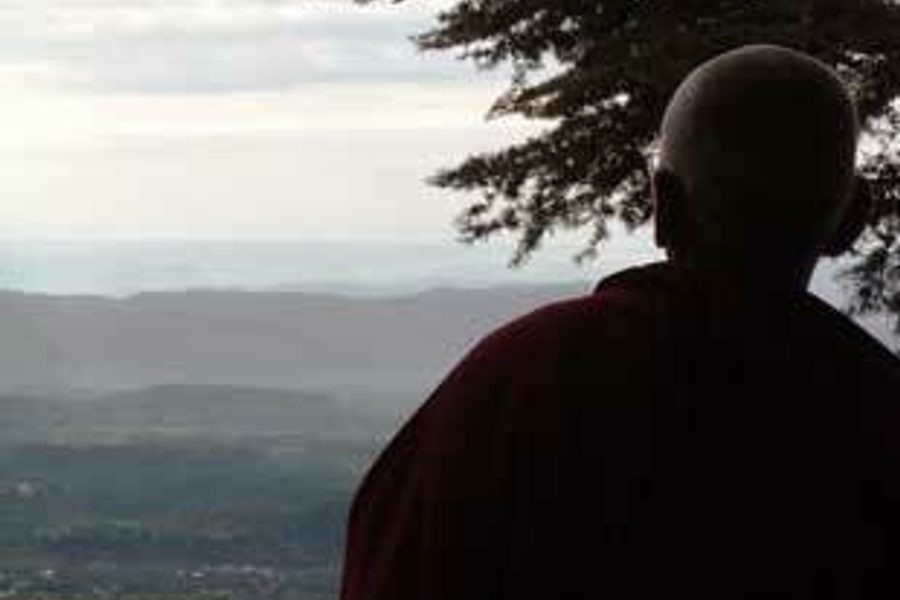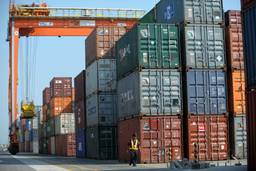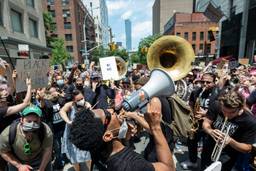Dharamsala, India — The rain came down harder and those celebrating the final day of Losar, the Tibetan New Year, squeezed in tighter to get under the roof. All were on their feet to sing the Tibetan national anthem. Barley flour was thrown in the air to signify the beginning of the New Year. Monks, laymen and Western spectators brushed the flour off their holiday clothes as they mingled about smiling and welcoming in the New Year.
February in Dharamsala — the seat of the Tibetan government in exile and home to thousands of Tibetan refugees — is usually a joyous month. Not only does it signify the New Year, it’s when the Dalai Lama gives public teachings for two weeks. Buddhists from around the world come for both events.
This year, Tibetan Buddhists from Nepal were notably absent during Losar. For the last several years, they have been in the crossfire of the bloody Maoist insurgency; the rebels have said that when they topple the regime Buddhist temples will be converted into grain storage houses. After Nepal’s King Gyanendra sacked the elected government in February, no one has been able to leave the country. The one exception was the Dalai Lama’s diplomatic mission, which was expelled from Katmandu at the behest of China.
Here in northern India’s “Little Lhasa,” where the Dalai Lama has made his home since he and thousands of other Tibetans fled Chinese-occupied Tibet in 1959, the culture faces other pressures.
Tibetans in Dharamsala sustain an economy simply by being Tibetan. While they are denied refugee aid from the United Nations thanks to China’s permanent veto power on the Security Council, the tourism that the Dalai Lama and the Buddhist community bring to the region make Tibetans one of the wealthiest refugee communities in the world. The Institute of Buddhist Dialects is funded by private donors as well as the Belgian government. The medical college in Dharamsala receives major funding from German donors. And the support of wealthy celebrities like Richard Gere, Adam Yauch of the Beastie Boys, and Philip Glass is a big help, too.
Most buildings in Dharamsala that predate the Tibetans’ arrival are made from spare oil barrels held up with bamboo; newer buildings made of bricks stand as testaments to the new wealth. The modernization of Dharamsala stands in sharp contrast to quaint villages in the Kangra valley to the south. According to my translator, Geshe Lobsang, convenience stores, beer bars, Internet cafes, and a Baskin Robbins have all popped up here in the last decade.
This affluence may be fleeting. Can this refugee society keep living off the kindness of strangers when the free Tibet cause is losing its popular appeal? More importantly, as the Indian economy modernizes and the IT industry grows, what place will the Tibetan mercantile class have in the years to come?
The question of a sustainable economy is a problem for the future. For now, the wealth coming into Dharamsala may actually be too much of a good thing. Since the commercial boom started about 10 years ago, the introduction of U.S., British and European currency has greatly skewed the economy. A day’s wage for some in Dharamsala, 50 Indian rupees, is pocket change for the hordes of Western tourists. This difference has caused the price of many goods to rise above affordable levels.
Dharamsala today is not the quaint, isolated spiritual center it once was. By the burnt down rubble across from a Buddhist temple, youths push drugs to foreigners and locals in broad daylight. Drunken elderly men prowl the streets at night amongst monks in maroon robes. And the increasingly popular nightclub culture is fueling more trouble. While walking to a local restaurant, our group was caught in the middle of an argument between a restless Nepali teenager and a club owner. The boy was about to hurl a rock at the man, which likely would have precipitated a brawl, had not our monk guides intervened.
Tourism fuels many of these disturbances. For example, there has always been a special Israeli connection with Dharamsala. The city welcomes Israelis with open arms — evident from the many successful Israeli businesses here, and an exchange program between Jewish and Tibetan children. But a new generation of Israelis is visiting Dharamsala — those in their early twenties taking a year off after their obligatory military service. After a few years of army life fighting the Palestinian resistance, hundreds — sometimes thousands — of young Israelis arrive in the spring and summer for rest and relaxation, or, more accurately, sex, drugs, and rock ’n’ roll.
Syed Nasurullah Mustafa, a Kashmiri shopkeeper, has witnessed the inflow of Israeli youngsters over the last five years. While insisting that he enjoys the older generation of Israeli tourists and has befriended many of them, Mustafa says that those coming straight out of the army are “sometimes crazy” and that they bring their lifestyle of “trance parties and smoking hashish” to the younger generation.
The commercial growth in Dharamsala appears to be too large for the town to handle. Potato chip bags and plastic water bottles litter the half-paved streets and flow through the once pristine streams. Monkeys, who carry dangerous diseases, are attracted to the overflowing trash receptacles. At night, they tear apart the city’s few public dumpsters and redistribute the garbage throughout the hillsides. Like much of India, Dharamsala does not have a sanitation system that can keep up with the rate of consumption. The growing use of western products, like disposable diapers, complicates the garbage crisis. Diesel exhaust from the hordes of tourist buses and miniature taxis has forced many locals to protect themselves with surgical masks when strolling through the public bazaars.
Is all lost for Tibetans in exile? Surely, the continuation of traditional social patterns and the strength of educational facilities like the Institute for Buddhist Dialectics speak to the culture’s resilence. The Dalai Lama is still respected by many world leaders and much of Tibetan Buddhist cultural practices remain intact.
But China’s intransigence on the issue of Tibetan autonomy has not waned. In February, five Tibetan monks in Western China were imprisoned for publishing political poetry. And the United States and Europe have been careful not to let political issues, like Tibetan autonomy, get in the way of their economic relationship with the rapidly industrializing trade giant.
However, the Dalai Lama is working with European leaders to put Tibet back on the global human rights agenda at the same time the E.U.’s own relationship with China becomes all the more critical.
On March 10, Siim Kallas, Vice-President of the European Commission, released a statement urging Chinese leaders to begin a direct dialogue with the Dalai Lama. “We will, no doubt, continue to pay the greatest attention to the situation in Tibet,” he said, “and to press for conditions which allow the Tibetans to fully exercise their basic political, religious and cultural rights and permit the cultural identity of Tibet to be preserved.”









